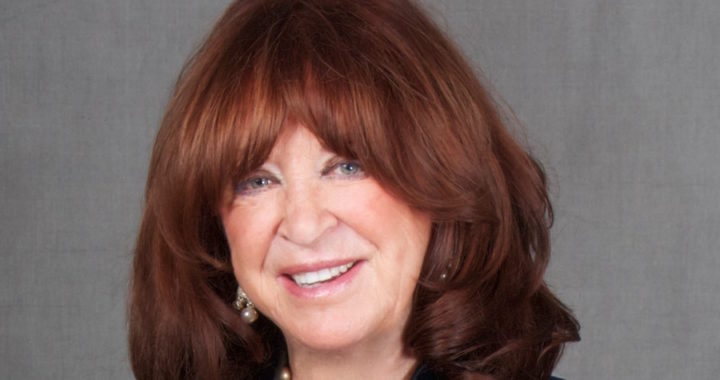Writing Tip #1: Talk to Real People
As someone who has been writing police procedurals on the page and on the screen for more than thirty years, I take research for my books and TV shows very seriously. The absolute best way to draw your characters is to talk to real people about their stories. I can get so obsessive about my research that I’ve found myself in some strange, sometimes dangerous, and often hilarious situations carrying out my research over the years.
 Once I was researching a novel in California with a very complicated character I needed to get just right. My character was a drug addict and a prostitute. Someone I knew connected me to a person who fit that description. The woman I met—I’ll call her Anne—had turned to prostitution after becoming a drug addict, and she felt if I really wanted to get to the truth of how her downward spiral had happened, I should go to a brothel where she worked. We drove out to the desert to a ranch-style brothel, where the girls sat behind a large display window and the clients could pass the window and choose whom they wanted. Anne introduced me to the girls behind the glass, in various states of undress, and departed, leaving me sitting behind the glass with them.
Once I was researching a novel in California with a very complicated character I needed to get just right. My character was a drug addict and a prostitute. Someone I knew connected me to a person who fit that description. The woman I met—I’ll call her Anne—had turned to prostitution after becoming a drug addict, and she felt if I really wanted to get to the truth of how her downward spiral had happened, I should go to a brothel where she worked. We drove out to the desert to a ranch-style brothel, where the girls sat behind a large display window and the clients could pass the window and choose whom they wanted. Anne introduced me to the girls behind the glass, in various states of undress, and departed, leaving me sitting behind the glass with them.
One of the other girls there suggested that I should take off my T-shirt and jeans and sit in my underwear if I really wanted to know what it felt like to be viewed like a piece of meat. It is hard for me to believe that I actually went ahead with it—even more so because I was wearing awful tennis knickers with ball pockets! But I thought, “What the hell?” A red light came on, a little time passed, and then it went off. Each time the red light went off, one of the girls would get up, leave, and, after a few minutes, come back. After a couple of hours of this, I began to feel slightly forlorn as nobody—for the entire afternoon—had picked me! It was an eye-opening and degrading experience. But the girls were really great to me and I learned a hell of a lot.
You would have thought that after I had been unceremoniously left in the brothel, I would be more wary of Anne after that. But I wasn’t. Anne convinced me it was important that I understood how she had become a crack addict. After taking me through back alleys and run-down areas of Ventura County, she led me through a small backyard into what I can only describe as a crack house. Then, again, Anne just disappeared.
I cautiously entered and introduced myself. One of the addicts I was surprised to meet in the house was a white ex-professor of literature. Another was a big, black man, an ex-nurse who had lost everything—including his wife and children—due to his addiction. They both agreed to talk to me. I asked if there were ever a moment in their lives that surpassed the ecstasy of using crack cocaine. The nurse looked at me and very quietly recalled when he was working in the hospital with a terminally ill little girl who was struggling to walk. Every day he would hold her by her arms, she would put her little feet on his big shoes, and he would say, “Look, you are dancing!” One day he went into the ward and one of the other nurses said, “We have a surprise for you.” The little girl came out wearing a pretty dress. And she danced for him. He always remembered how happy he was then.
When I turned to the professor, obviously the most learned man among the band of addicts, he just looked at me blankly and said, “Nothing compares to the high.”
Another time I was researching a film in Moscow in what was then still communist Russia. I had requested that my handlers there take me and my young research assistant to a mortuary to witness an autopsy. I also had a translator and, on top of that, I was accompanied everywhere by an ex-KGB officer. I had been to many autopsies at home in the UK. But nothing prepared me for the horror of that mortuary in Moscow.
When we arrived, the first thing we saw was a dripping, bloated dead body ready to go in to the chill room. The sight and smell were so bad that my young researcher fainted immediately. Then the translator had to excuse herself. Then the ex-KGB agent excused himself. Finally, I was left on my own with an exceedingly large female Russian mortician who spoke no English and enjoyed pinching me on my cheeks. She roughly pushed me to follow the hideous body into the chill room. There, the bodies were strung up, hog-tied, with numbers painted in blue on their bodies. In all, thirty-six murder victims were strung up naked. We were joined by another very raucous mortician who couldn’t speak English either. In trying explain how these people died, he would gesture and make noises like “bang-bang” to signify a gunshot or make a jabbing motion for a knife wound. But there were also drowning victims and for them, the mortician would make a gurgling sound. I will never forget that experience.
I learned so much from these experiences and whenever I talk to new people. I’m always both surprised and touched at how eager people were, from all different walks of life, to ensure that my information was authentic. The most important thing for me is to show respect to everybody who so willingly gave me their time and their life stories.
All these years later, I still approach crime writing in exactly the same way as I did thirty years ago.

